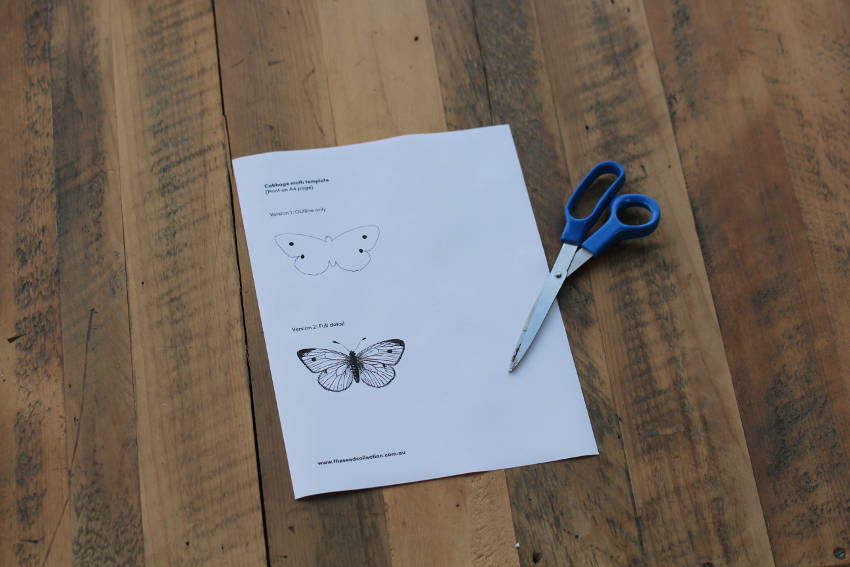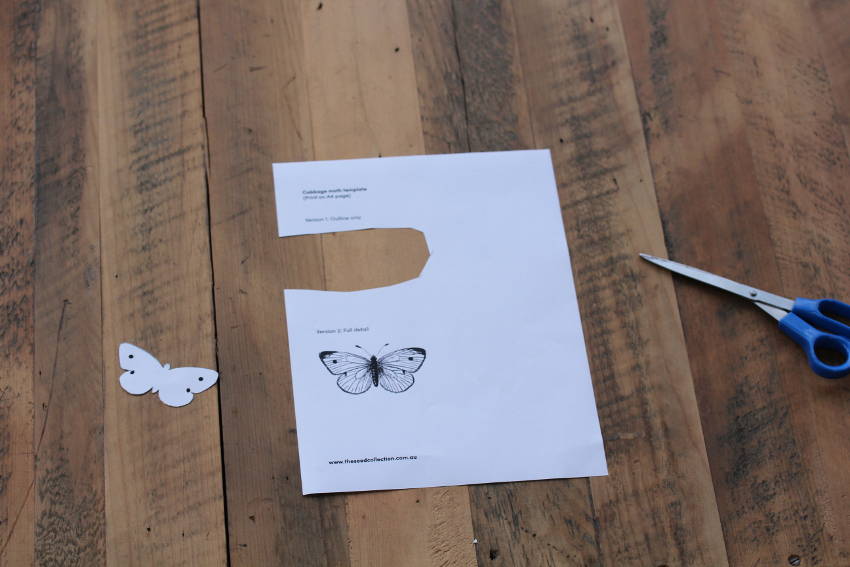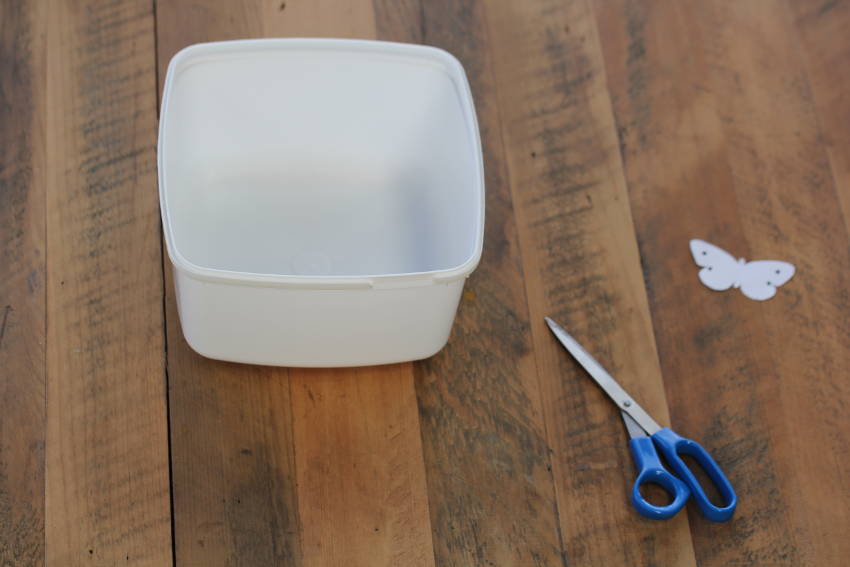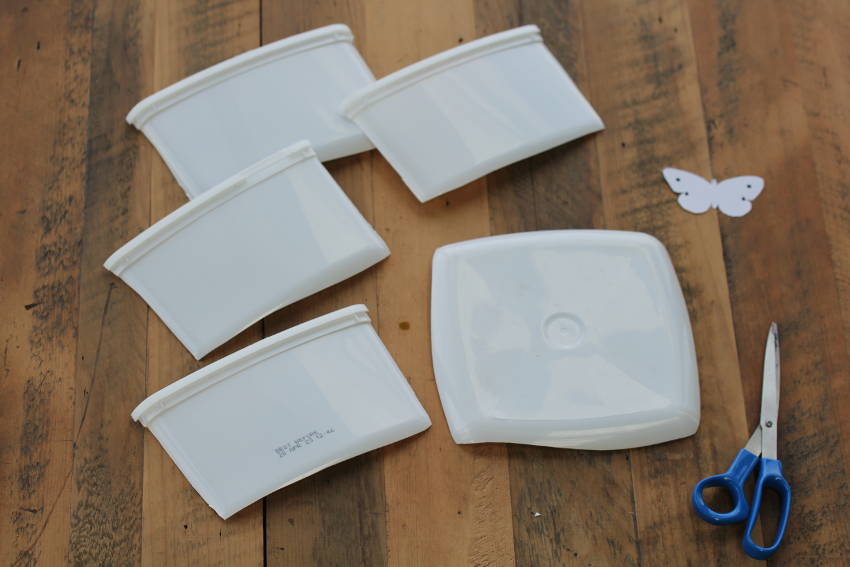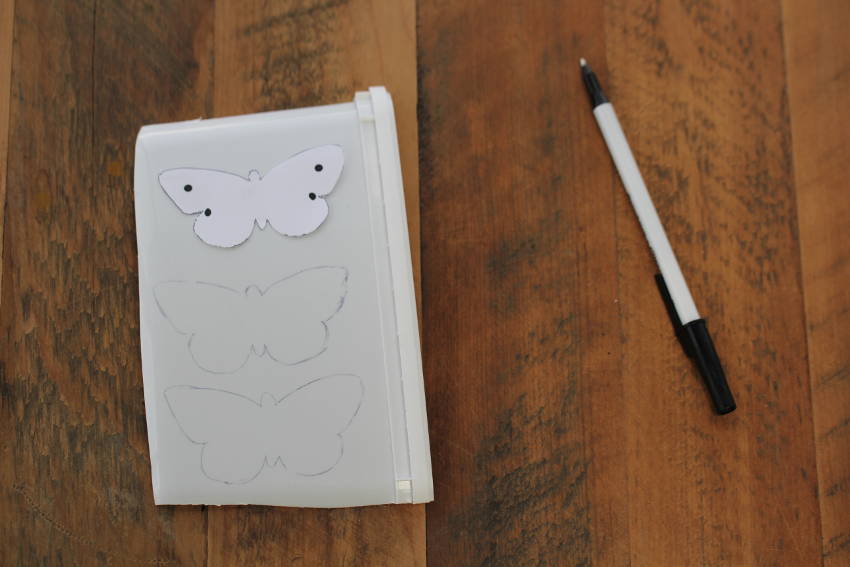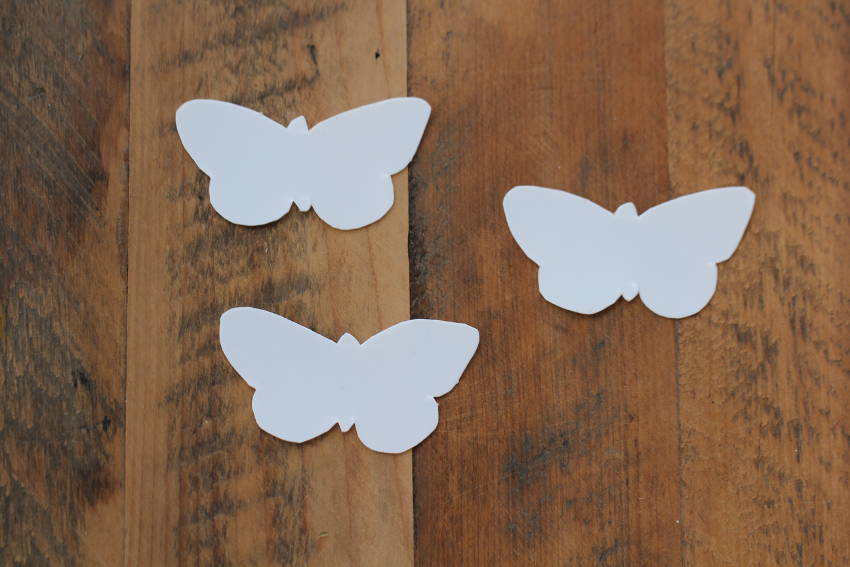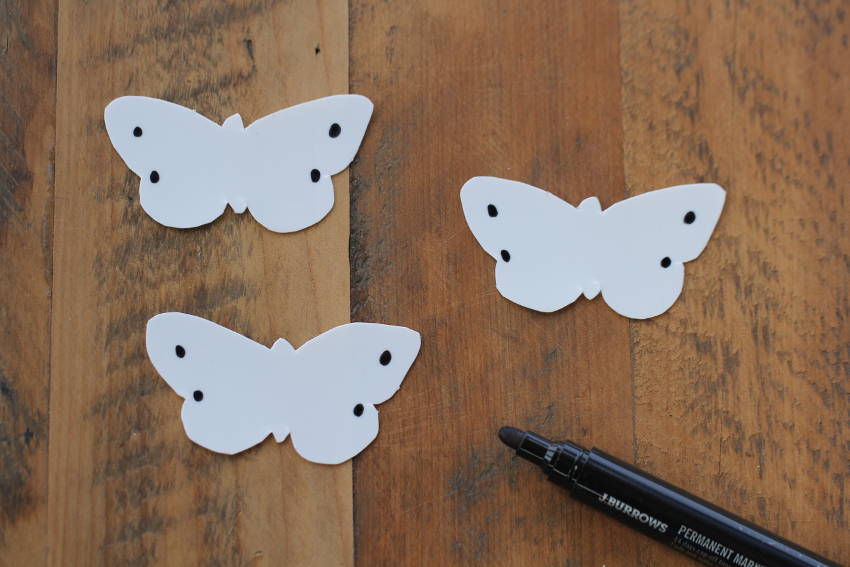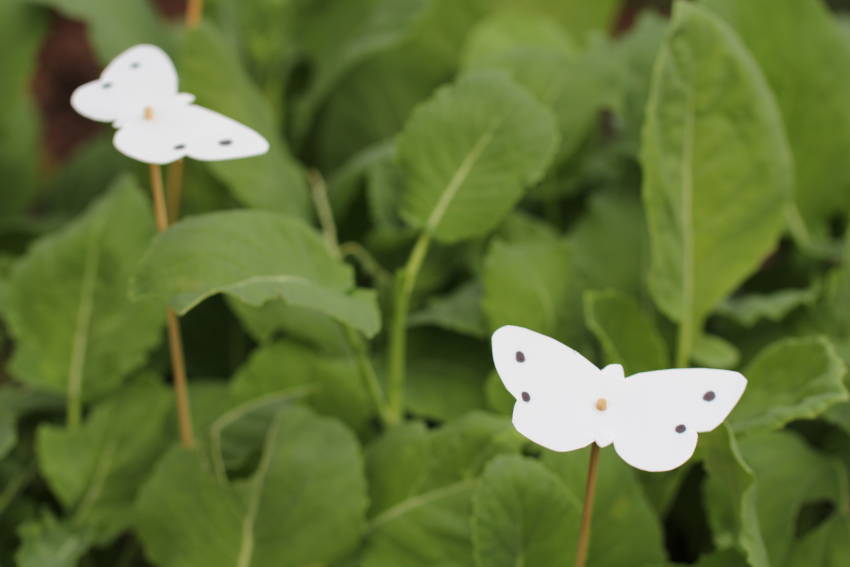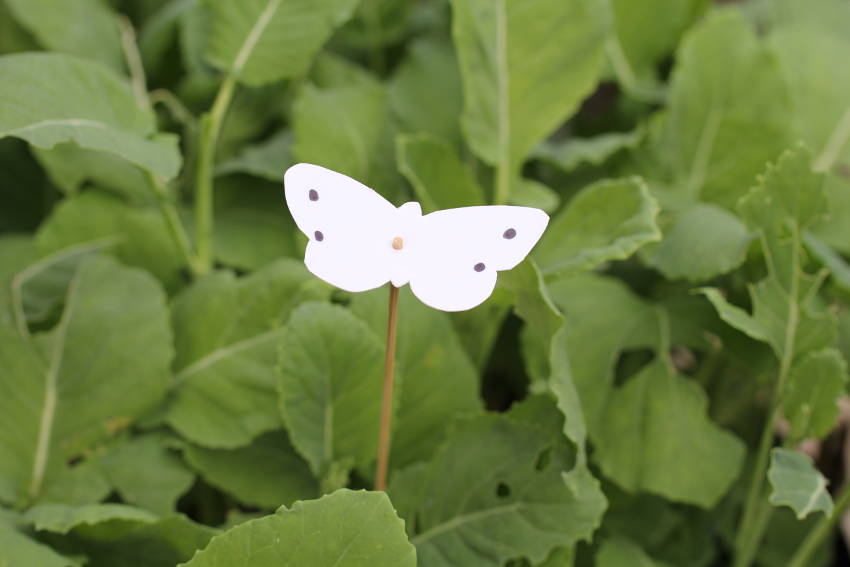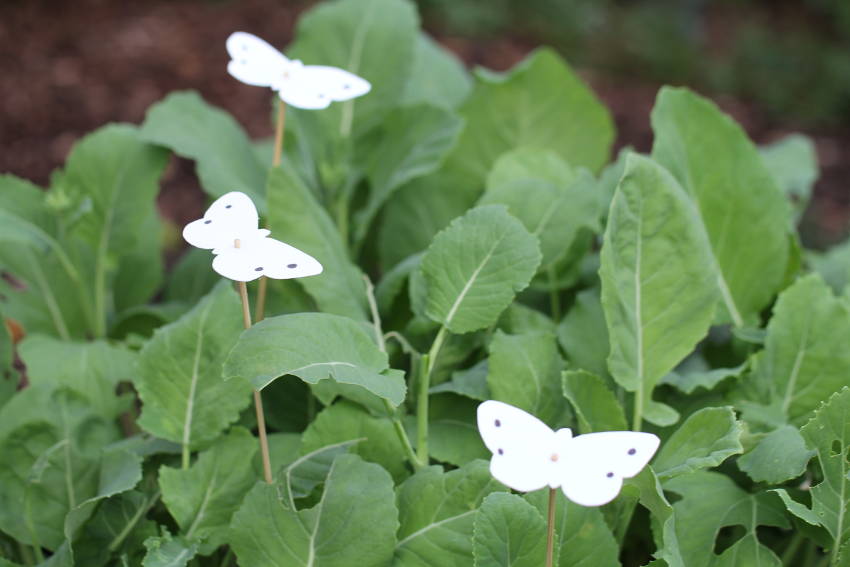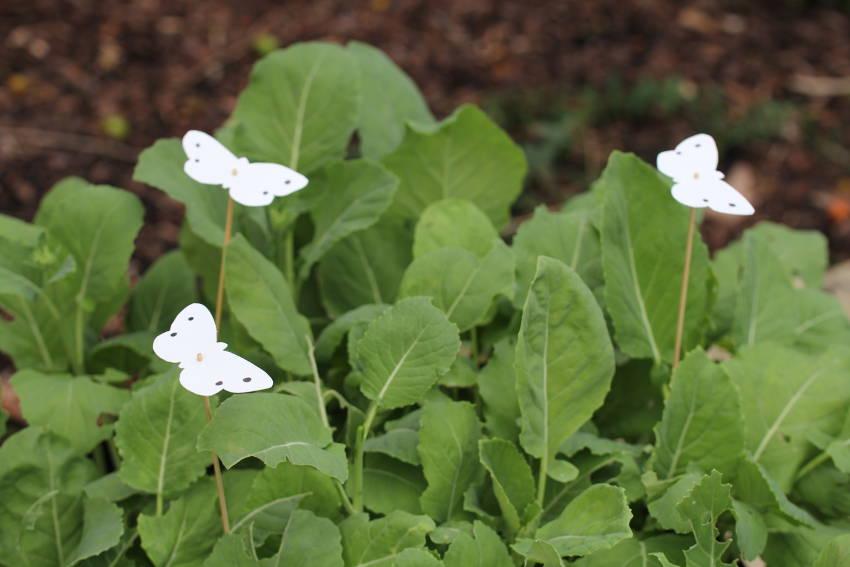If your veggie patch contains any kind of brassica, the chances are you've had an encounter or two with the cabbage moth. This destructive pest was accidentally introduced to Australia nearly two centuries ago, and since then has become one of the most common butterflies found in home gardens.
The adult is a fairly anonymous moth, with none of the impressive colours of other species, and if your garden only hosted adults then you might not even notice their visits. However, when a female lays eggs on one of your cabbage, broccoli, or similar plants, there's going to be trouble in store. The caterpillars which follow will munch through the plant remarkably quickly, often stripping the leaves back to the stems with fatal results.
A caterpillar infestation can be hard to control quickly enough to avoid real damage, so the best way of dealing with cabbage moths is to prevent their eggs being laid in the first place. Laying netting can work, but it's clumsy and inconvenient, and cabbage moths can squeeze through even tiny gaps to reach their target plants.
However, there's a clever method which is straightforward and completely organic. It involves placing cabbage moth decoys among your brassicas, discouraging females from settling their brood in your patch.
What Are Cabbage Moth Decoys?
Essentially, cabbage moth decoys are fake moths which fool the genuine article into thinking your patch already has a resident population. Cabbage moths are highly territorial, and females won't choose to lay eggs where there's already competition for food. A decoy or two is usually enough to convince a visiting moth to lay her eggs in other, less crowded areas, hopefully leaving your brassicas to grow in peace.
It’s important to note though that the effectiveness of this method can vary; some gardeners report huge successes while others don’t notice any measurable reduction in caterpillars at all. All gardeners will agree though, that there is no harm in trying and the potential upside far outweighs the small investment of time.
Making Your Own Cabbage Moth Decoys
You can buy highly realistic cabbage moth decoys, which are even enough to fool casual human eyes and can look whimsically decorative when placed among your veggies. However, moths are fairly simple creatures, and that level of realism is perhaps overkill. It's easy to make your own decoys for a fraction of the price, and for extra sustainability points, you can use household materials that would otherwise go into waste.
The key to success is to make a decoy with roughly the right shape, along with the crucial black dots on the wings. We have a printable outline you can download here to base your design around.
You'll also need:
- A permanent black marker
- Some white weatherproof material, such as clean milk bottles, yoghurt tubs, icecream containers or sturdy plastic bags.
- Some garden string or thin wire.
- Canes, twigs, or skewers to mount the decoys.
Here's what to do.
- Use the downloaded template to draw the basic shapes onto the white plastic, and cut around the outlines.
- Use the marker to add the vital black dots. It seems that these are the most important parts for fooling the moth, so be sure to use a permanent marker that's fully weatherproof.
- Attach the cut-outs to your skewers. If the cut-outs are made from a sturdy material, piercing them with the screwer might be enough to hold them in place but if not use string or wire to secure them in place.
Alternately attach the cut-outs with a short length of string so that the moths flutter more convincingly in the breeze. - Dot the completed decoys throughout your veggie patch, particularly near your brassicas. Aim for putting the decoys at slightly different heights and facing in different directions to give a more natural appearance, but keep them all roughly at plant level.
As the breeze catches the wings of the decoys, they'll bob and flutter with enough realism to fool a visiting female cabbage moth, and hopefully your caterpillar problems will be brought under control.


